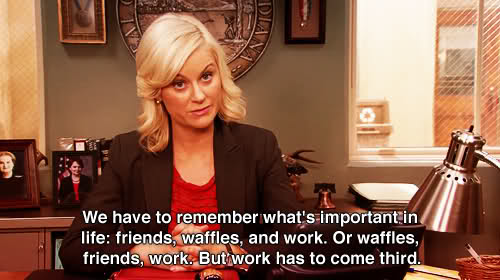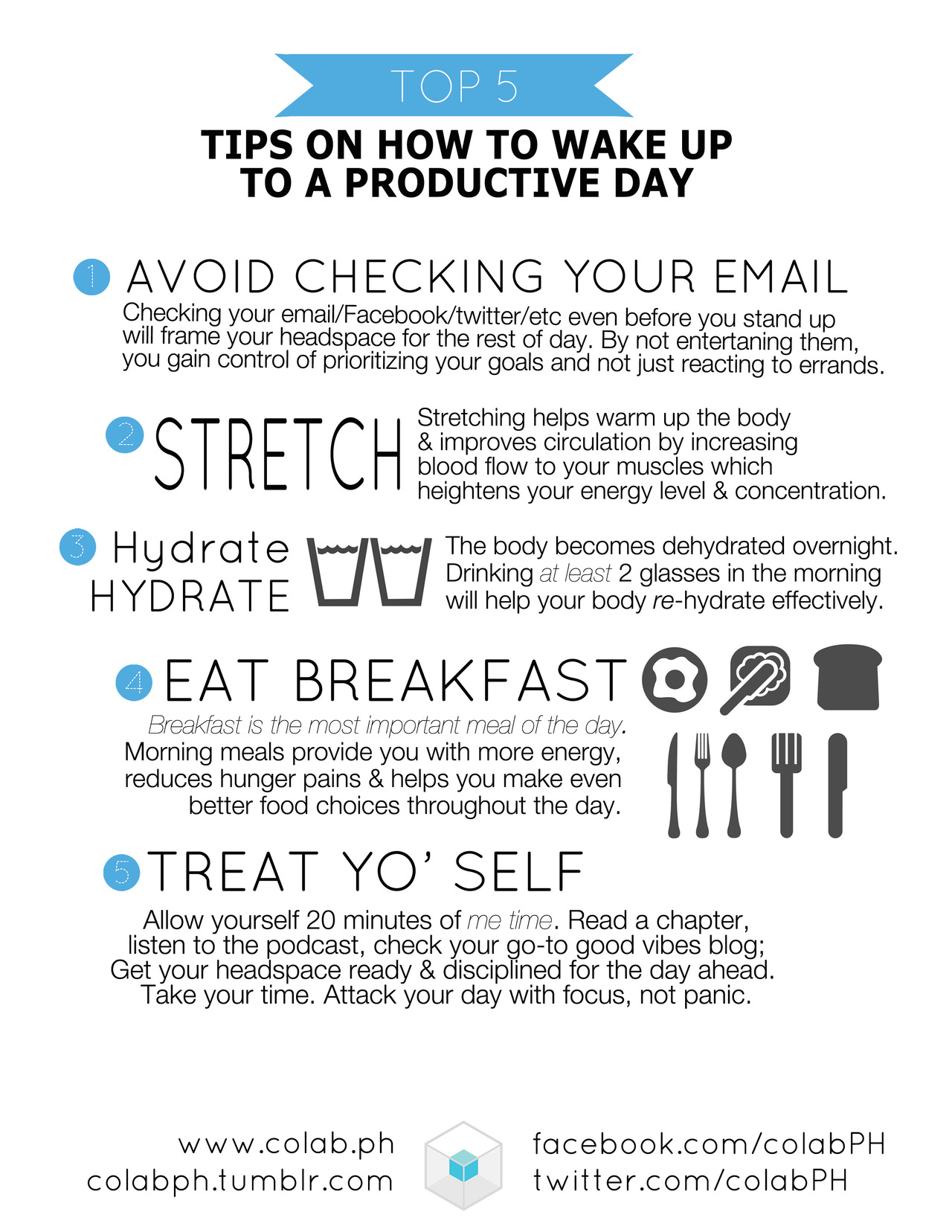Last week, Mark Zuckerberg announced Facebook’s plans for a new campus, a 420,000 square foot single-story warehouse made to look like “a hill in nature,” one giant room fitting thousands of people. He described their aspiration as wanting to build “the perfect engineering space.”

I admit that Zuck’s statement caught me off guard because I dislike the typical open floor plan office and so do most engineers that I know. Many engineers wear headphones to create the missing wall so that they can concentrate and focus on coding without distraction. We chose the small offices at WeWork in SOMA, SF, over co-working for those reasons.
The New York Times reported that recent research supported the hunch that open floor plan offices reduce productivity. The research showed that ambient conversations at work and a noisy office space contributed to “a decline of 5 percent to 10 percent on the performance of cognitive tasks requiring efficient use of short-term memory, like reading, writing and other forms of creative work.” According to the researcher, “Noise is the most serious problem in the open-plan office, and speech is the most disturbing type of sound because it is directly understood in the brain’s working memory.”
Nevertheless, the open floor plan office has become a shibboleth of startup culture. It reflects our rejection of hierarchy, and our embrace of agility, collaboration and creativity, and as a result, many startups take the open floor plan for granted.
We’ve recently visited two startups, Shopify and Zappos, that are reconsidering and riffing off of the standard startup open floor plan office, and we’ve been inspired by what they’ve come up with to ensure that engineers have the relative solitude that they need to get in the zone, without reverting away from the promise of the open floor plan for serendipity, collaboration and work happiness.
Read more








